Name David Jordan | Preceded by none | |
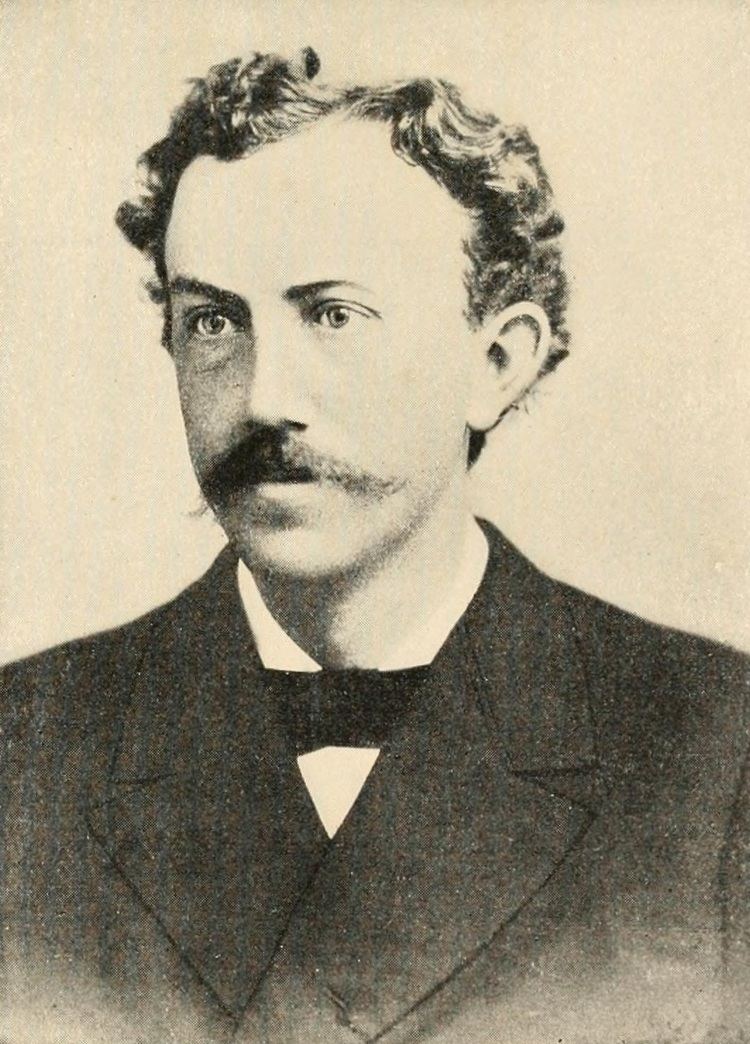 | ||
Born January 19, 1851Wyoming County, New York ( 1851-01-19 ) Spouse(s) Susan Bowen Jordan, Jessie Knight Jordan Children Knight Starr Jordan, Eric Knight Jordan, Barbara Jordan Profession Ichthyologist, University President Books The Blood of the Nation, Life's enthusiasms, Animal Life: A First Book of Z, California and the Californians, American Food and Game Fis Similar People | ||
David Starr Jordan Semi Formal 2017 // Slideshow
David Starr Jordan (January 19, 1851 – September 19, 1931) was an American ichthyologist, educator, eugenicist, and peace activist. He was president of Indiana University and the founding president of Stanford University.
Contents
- David Starr Jordan Semi Formal 2017 Slideshow
- David starr jordan middle school choir 9 11 tribute america the beautiful
- Early life and education
- Career
- Role in coverup of the murder of Jane Stanford
- Role in promoting eugenics
- Legacy
- Monuments and memorials
- Selected articles
- Miscellany
- Eponymy
- References
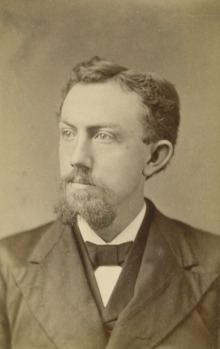
David starr jordan middle school choir 9 11 tribute america the beautiful
Early life and education
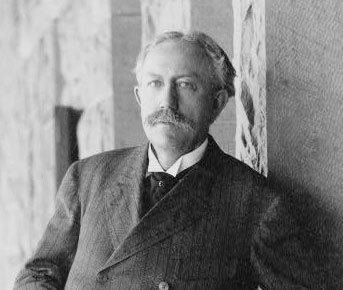
Jordan was born in Gainesville, New York, and grew up on a farm in upstate New York.
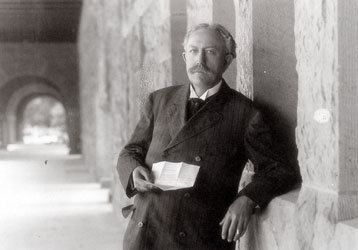
His parents made the unorthodox decision to educate him at a local girls' high school.
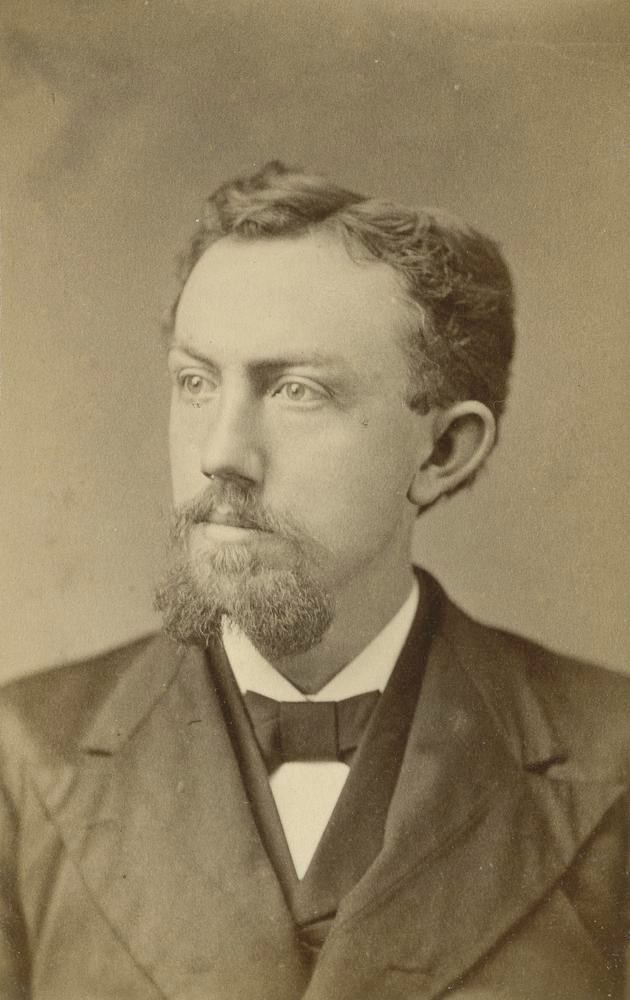
He was inspired by Louis Agassiz to pursue his studies in ichthyology. He was part of the pioneer class of undergraduates at Cornell University, graduating in 1872 with a Masters degree in botany. He obtained his graduate education from Butler University.
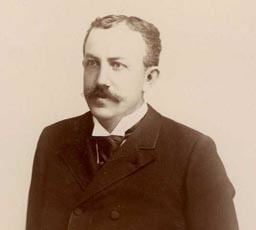
His first wife Susan Bowen died after 10 years of marriage. Jordan then married Jessie Knight. Jordan and his second wife had four children.
Career
Jordan initially taught natural history courses at several small Midwestern colleges.
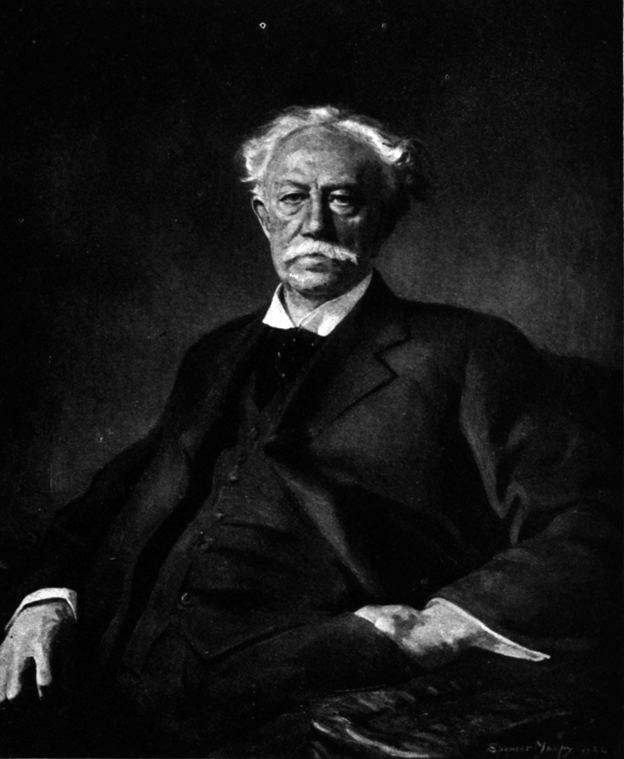
He was then accepted into the natural history faculty of Indiana University Bloomington as a professor of zoology in 1879. Jordan's teaching included his version of eugenics, which "sought to prevent the decay of the Anglo-Saxon/Nordic race by limiting racial mixing and by preventing the reproduction of those he deemed unfit". Six years later, in 1885, he was named President of Indiana University, becoming the nation's youngest university president at age 34 and the first Indiana University president that was not an ordained minister. He improved the university's finances and public image, doubled its enrollment, and instituted an elective system which, like Cornell's, was an early application of the modern liberal arts curriculum.
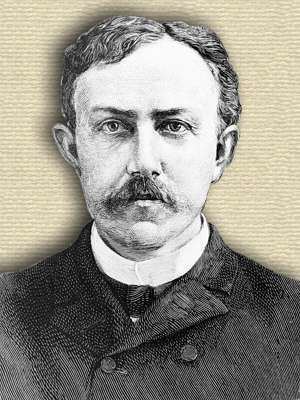
In March 1891, he was approached by Leland and Jane Stanford, who offered him the presidency of their about-to-open California university, Leland Stanford Junior University. Andrew White, the president of Cornell, had recommended Jordan to the Stanfords based on an educational philosophy fit with the Stanfords' vision of a non-sectarian, co-educational school with a liberal arts curriculum. He quickly accepted the offer. Jordan arrived at Stanford in June 1891 and immediately set about recruiting faculty for the university's planned September opening. Pressed for time, he drew heavily on his own acquaintance; most of the fifteen founding professors came either from Indiana University or Cornell. That first year at Stanford he was instrumental in establishing the university's Hopkins Marine Station. He served Stanford as president until 1913 and then chancellor until his retirement in 1916. The university decided not to renew his three-year-term as chancellor in 1916. As the years went on, Jordan became increasingly alienated from the university.
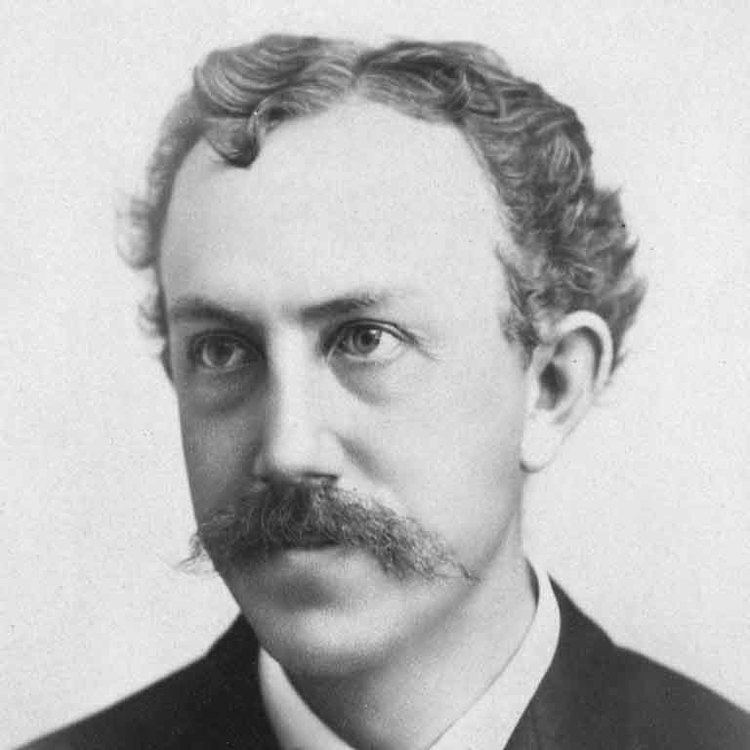
While chancellor, he was elected president of the National Education Association. Jordan was a member in the Bohemian Club and the University Club in San Francisco. Jordan served as a Director of the Sierra Club from 1892 to 1903.
In retirement, Jordan served as an evolution expert witness for the defense in the 1925 Scopes Trial. He continued promoting his views on eugenics. In 1928 Jordan served on the initial board of trustees of the Human Betterment Foundation, a eugenics organization that advocated compulsory sterilization legislation in the United States.
Role in coverup of the murder of Jane Stanford
In 1905, Jordan launched an apparent coverup of the murder by poisoning of Jane Stanford. While vacationing in Oahu, Stanford had suddenly died of strychnine poisoning, according to the local coroner’s jury. Jordan then sailed to Hawaii, hired a physician to investigate the case, and declared she had in fact died of heart failure, a condition whose symptoms bear no relationship to those actually observed. His motive for doing this has been a subject of speculation. One possibility is that he was simply acting to protect the reputation of the university; its finances were precarious and a scandal might have damaged fundraising. He had written the president of Stanford's board of trustees offering several alternate explanations for Mrs. Stanford's death, suggesting they select whichever would be most suitable. Given that Mrs. Stanford had a difficult relationship with him and reportedly planned to remove him from his position at the university, he might have also had a personal motive to eliminate suspicions that might have swirled around an unsolved crime. Jordan's version of Mrs. Stanford's demise was largely accepted until the appearance of several publications in 2003 emphasizing the evidence that she was murdered.
Role in promoting eugenics
Jordan promoted the concept of improving human genetics, through removal from the breeding pool of those deemed unworthy to reproduce, in his series of publications titled The Blood of the Nation. He then chaired the first Committee on Eugenics of the American Breeder's Association, from which the California program of forced deportation and sterilization emerged. Jordan then went on to help found the Human Betterment Foundation as a trustee. The Human Betterment Foundation published "Sterilization for Human Betterment," a text which formed a cornerstone of the Nazi eugenics program. The latter grew to involve not just forced sterilization but also killing, often via gas; this in turn inspired the Nazi genocide programs.
Jordan made a eugenics-based argument against warfare, contending that war was detrimental to the human species because it removed the strongest men from the gene pool. Jordan was president of the World Peace Foundation from 1910 to 1914 and president of the World Peace Conference in 1915, and opposed U.S. involvement in World War I.
Legacy
The prominent role Jordan played in the eugenics movement and resulting programs of forced sterilization have received posthumous condemnation. In 2003, the California Legislature unanimously "expressed its profound regret over the state's past role in the eugenics movement ... we must honor human rights and treat others with respect regardless of race, ethnicity, religious belief, economic status, disability, or illness."
Jordan's papers are housed at Stanford University and at Swarthmore College
His later work, The Higher Foolishness inspired the philosopher Martin Gardner to write his treatise on scientific skepticism, Fads and Fallacies in the Name of Science.
In 1966 the fisheries research ship David Starr Jordan, was commissioned for service with the United States Fish and Wildlife Service's Bureau of Commercial Fisheres. The ship later served in the National Oceanic and Atmospheric Administration fleet as NOAAS David Starr Jordan (R 444). In 2010, the David Starr Jordan was sold for scrap.
His son, Eric Knight Jordan (1903–1926), died at the age of 22 in a traffic accident near Gilroy, California. Eric had participated in a paleontological expedition to the Revillagigedo Islands and was considering an academic career.
Starting in 1986, the David Starr Jordan Prize was funded as a joint endowment by Cornell, Indiana University, and Stanford. It was awarded to a young scientist (under 40 years of age) that was making contributions in one of Jordan’s interests: evolution, ecology, population and organismal biology.
Monuments and memorials
Selected articles
Miscellany
Eponymy
Numerous genera and species bear the name Jordan.
Genera: Jordania Starks, 1895, Davidijordania Popov, 1931, and Jordanella Goode & Bean, 1879
Species:
